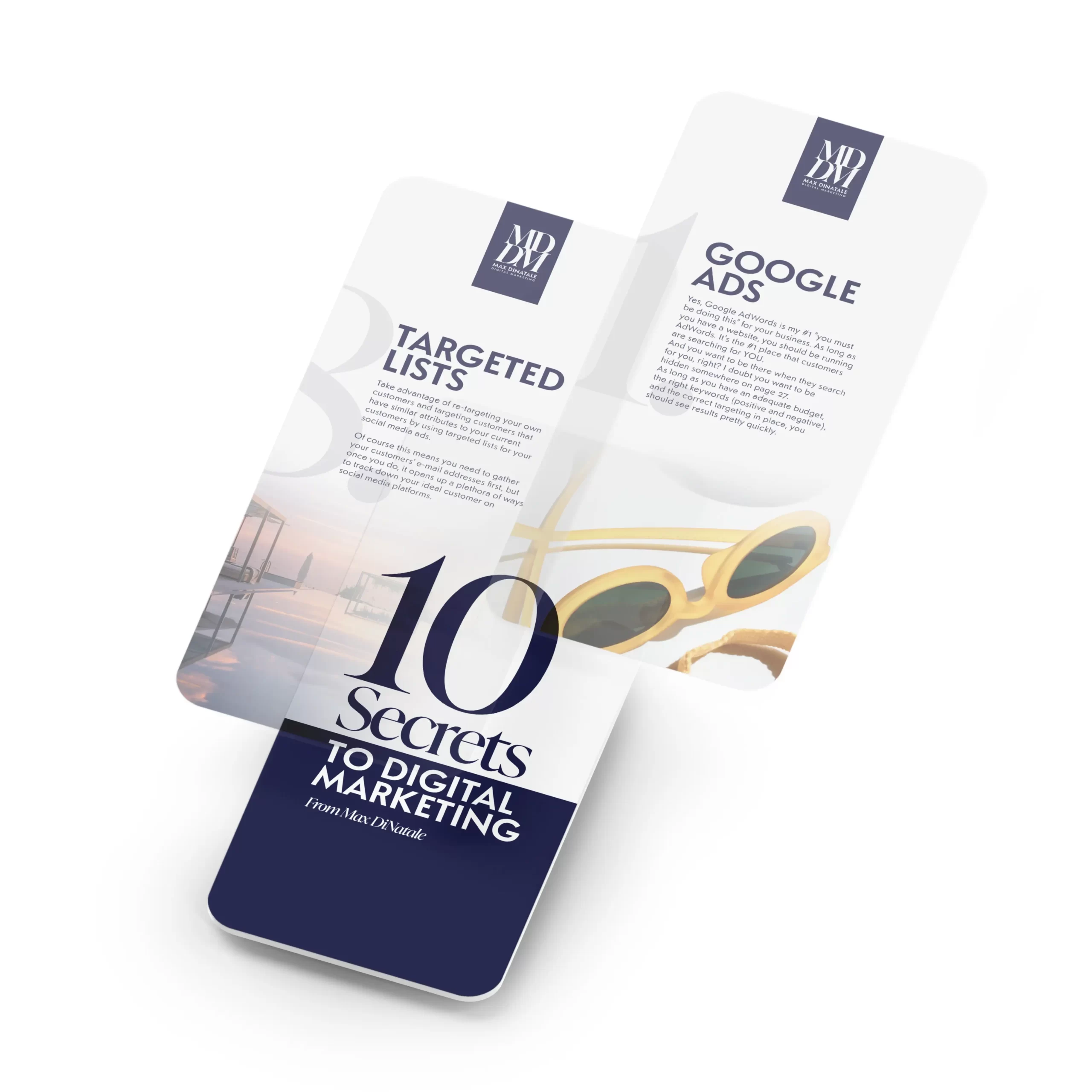Does one 100% perfect method exist for generating leads online? Unfortunately not. In fact, it’s probably one of the most queried and discussed pieces of digital marketing – HOW do I get my next lead? Of course, I’ve received Likes and clicks, but how can I ensure these are converting to something more?
Thankfully, lots of conversion-oriented sales tools exist online – Facebook and Instagram ads being one of the most well-known, successful, and frequently used choices. However, these exist mostly for e-commerce shops pushing products. A new customer can read the details, click a link, enter some credit card payment info, and voila – you have a sale! For any digital ad campaign that’s set-up and optimized properly, with a decent enough budget, it shouldn’t be too hard to get at least a few sales conversions.
The harder question sometimes is for service industries. How can I convert a person out there into a lead? I don’t have a product to sell them, but I do have a service. They need to speak to my company about a bigger offering, not just a click-and-go product, and I would love to get their contact info in order to start the conversation. But how?
Well, that’s where Lead Generation forms come in. In the realm of social media, Facebook started the game, and other platforms like LinkedIn soon joined. Now, even the search giants like Google have joined in on the Lead Gen fun. The great thing about these options is that if for some reason you don’t have a contact form on your website (gasp!), customers can enter their contact information directly into the ad module they see from your company, and you receive their details. Then, you just have to reach out to them!
Let’s check out 3 of the main Lead Gen platforms available right now.
In terms of Lead Gen, Facebook’s advertising platform allows you to ask (outside of the general user info and contact info) the following about your potential customer:
This is a great way to collect users’ e-mail addresses to build your own database. It’s also a great way to really connect with potential customers that are intent on learning more about you. Wouldn’t you love to ask them anything? Yes, this really is your chance.
In terms of social media, Facebook is still the biggest platform out there, with the most users, and is the best way to reach the largest amount of people at once.
If you’re trying to target service customers specifically based on their work demographics, LinkedIn is the place to be. Their platform is very similar to Facebook’s, and you can get most of the same customer information in your advertising forms. You can ask up to 12 questions, and as I mentioned, since LinkedIn is more “work”-oriented, you’ll find their Lead Gen templates also lean a little more that way. Among many other topics, you can find out such things about your customers as:
LinkedIn even provides a dashboard where you can download your Leads directly. Just like the other platforms, however, you do have to submit your Privacy Policy to ensure that future clients or customers know how you’ll be using their information.
The newest to the Lead Gen game is Google. Their platform is still in Beta, but the basic premise is that you can create a Lead Gen extension off of your Paid Search ads. So, in addition to an About sitelink, a Click to Call extension, or a Location extension, you can now have a Lead Gen extension. Since it’s still in Beta, Google has limited the amount of information you can collect from someone who sees your ad. You’ll be able to get a name, e-mail, phone number, and zip code – but that’s about all for now. The fun bonus for advertisers, however, is that you can actually include an image in your Lead Gen form on Google – whereas if you’re running a standard text ad, you would not have an image present.
If you’re looking to
feel free to reach out to me directly. Whether you’re here in Greenville, SC, or somewhere across the world, the benefit of these digital ads is that they can literally be managed from anywhere – so just hit that contact button to get the conversation started!

© 2025 MAX DINATALE DIGITAL MARKETING
| PRIVACY | COOKIES